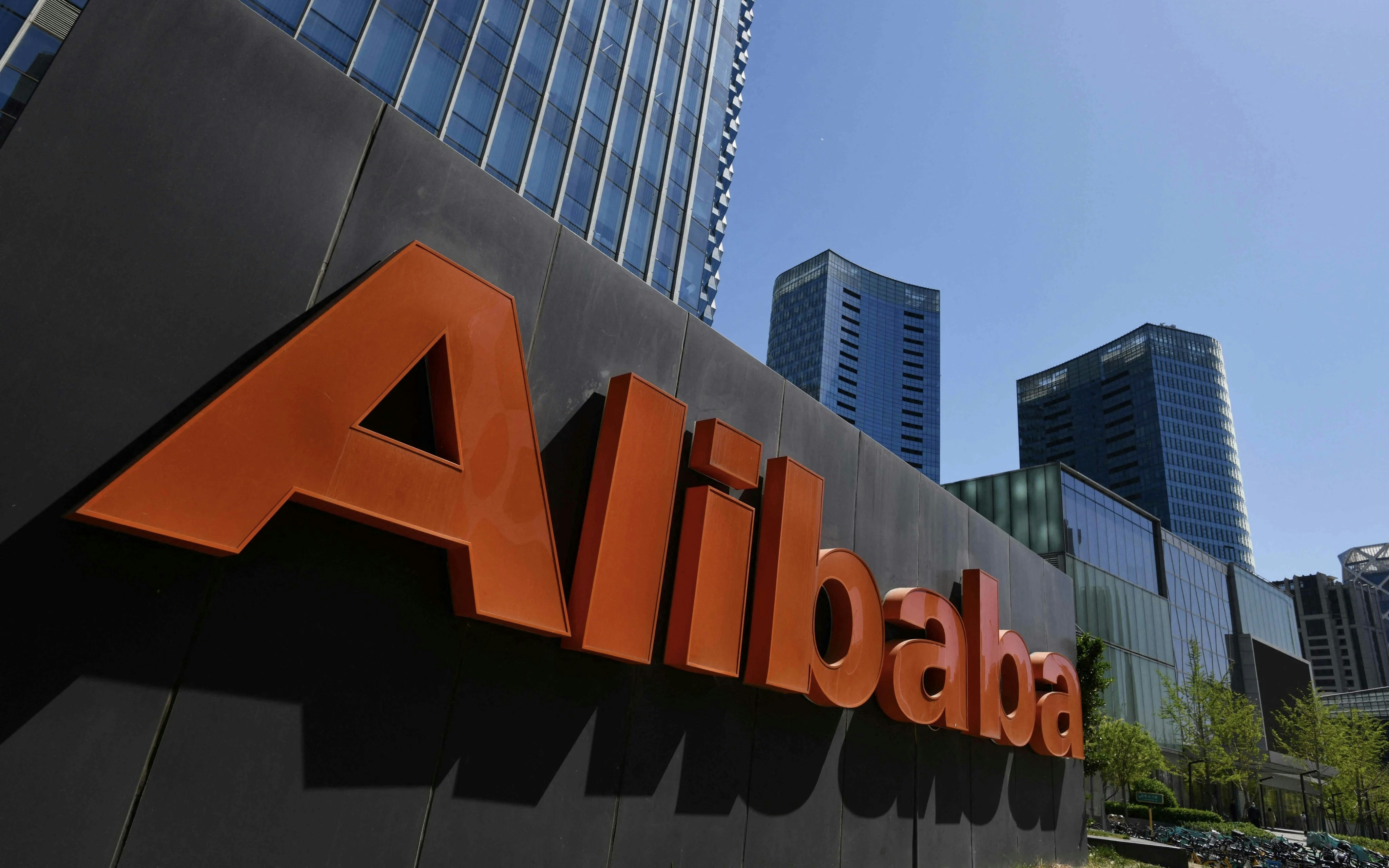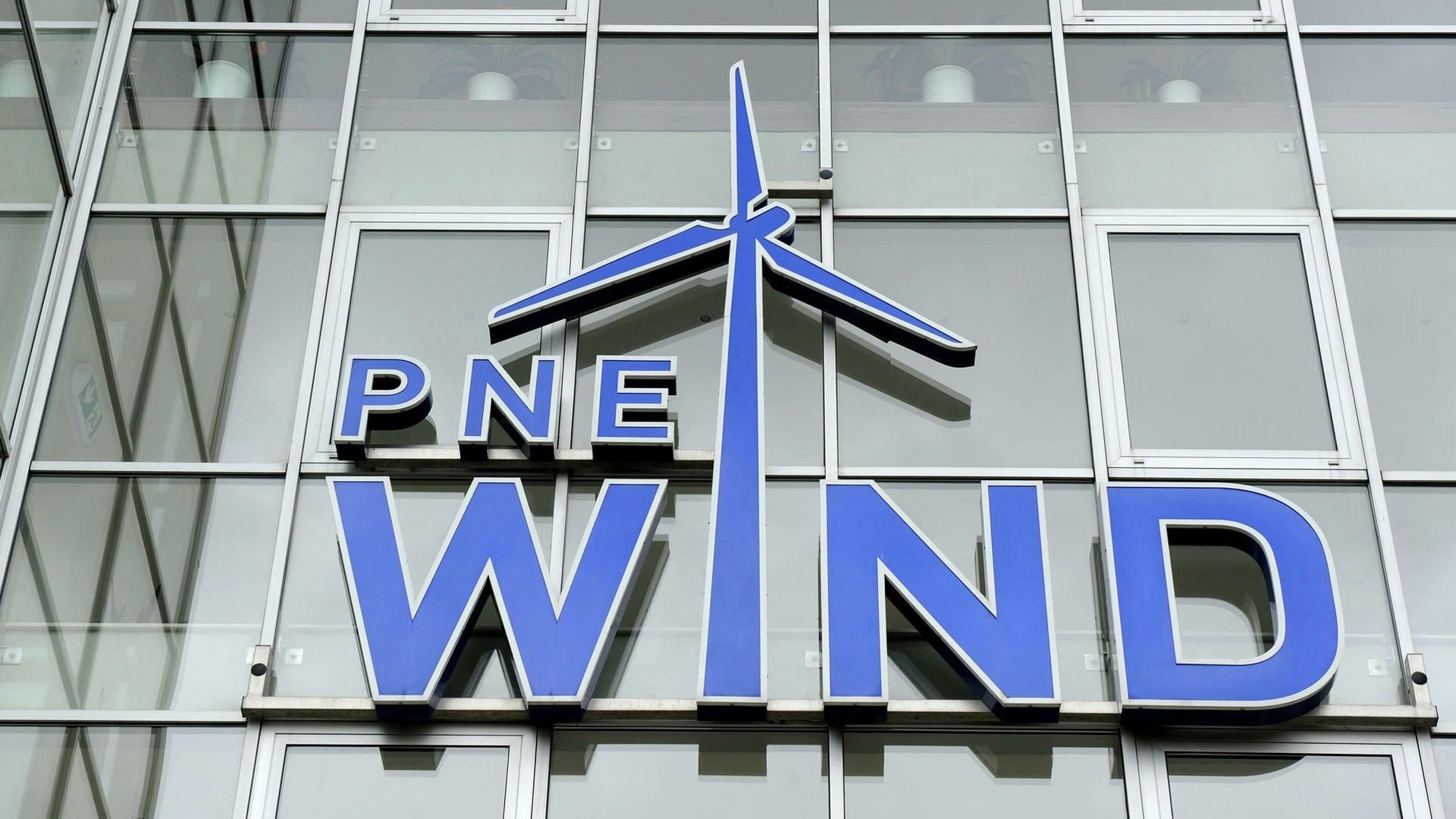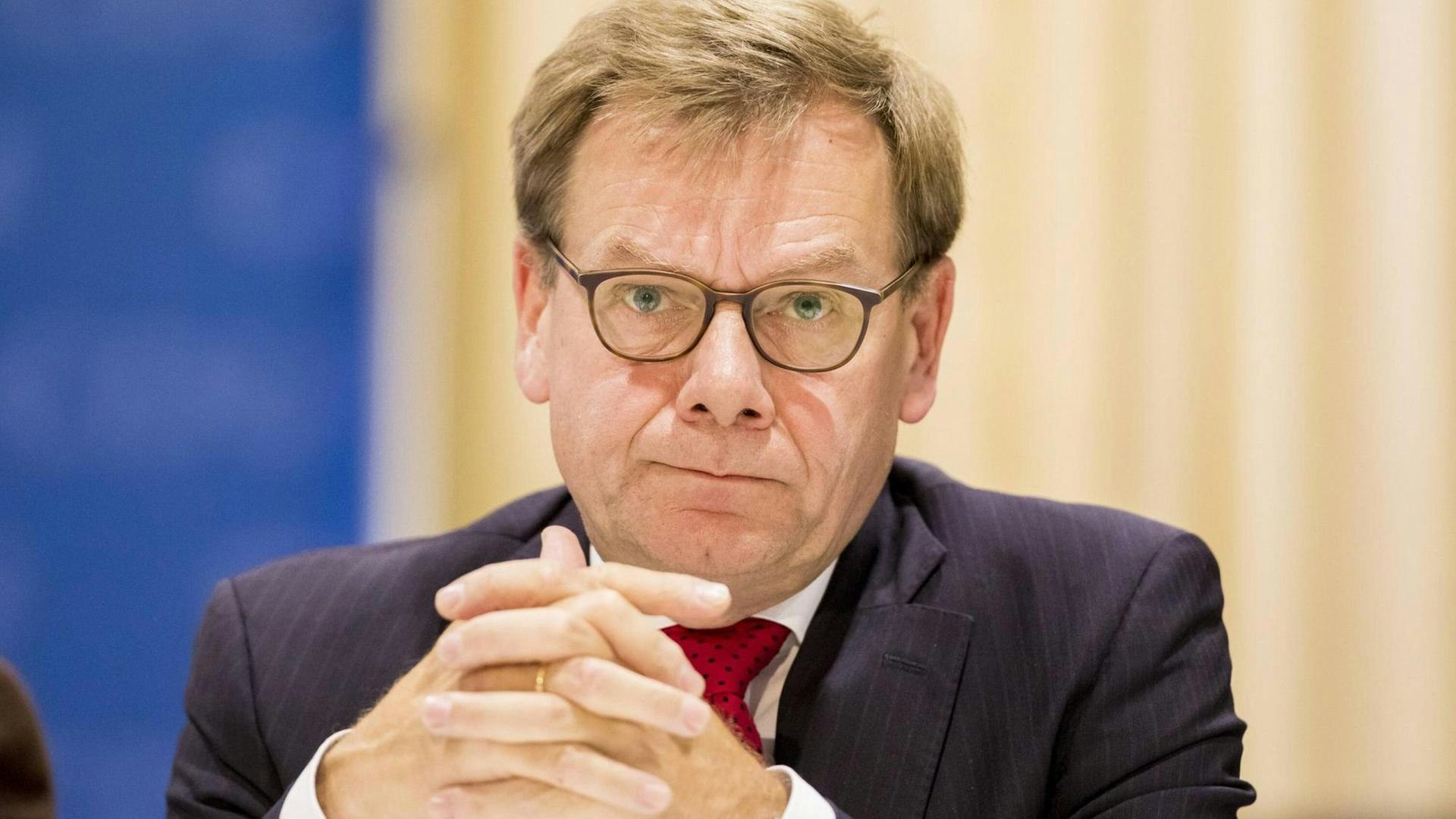On Thursday, the Chinese trading giant Alibaba caused a stir in the American market. The US-listed stocks of the online retailer temporarily dropped by 9.14 percent to $79.11 at the NYSE. This is once again a disappointment for investors, as the stock price falls by around nine percent into the negative territory and drops below the $80 mark. This is also bad news, although the quarterly results were actually satisfactory. The revenue met expectations and an operating profit was achieved. Nevertheless, there is still no positive turnaround in sight.
Alibaba's announcement to split the company and potentially bring its individual segments to the stock market to increase value has not been implemented yet. The planned spin-off of the cloud division is now temporarily halted. Alibaba justified this decision with the new US export controls for computer chips, which also apply to Chinese subsidiaries and could significantly impair cloud operations. This could also endanger the fulfillment of existing contracts. In the past quarter, the former hopeful division only grew by two percent, which further unsettled investors. The sudden resignation of Alibaba CEO Daniel Zhang as head of the cloud division intensified investor concerns.
The planned IPO of Freshippo's New Retail division, scheduled for the first half of 2021, must now also be postponed. Alibaba continues to struggle with competition from rivals and a sluggish consumer climate in China in its core business. The growth rate of online trading platforms Taobao and Tmall was low at only 4 percent. However, overall, the numbers met expectations, with a revenue growth of 9 percent to 224.8 billion yuan and a 34 percent increase in operating profit. In addition, Alibaba announced a dividend of $1 per ADS, bringing a yield of 1.2 percent. However, for investors, this is at best a small consolation.
Alibaba continues to remain under pressure as the impacts of global trade disputes on the Chinese economy become increasingly evident. Investor uncertainty is also reflected in the performance of the stock, which has already dropped by over 10 percent since the beginning of the year. Confidence in potential future developments is warranted, but analysts must be prepared for possible further fluctuations.







